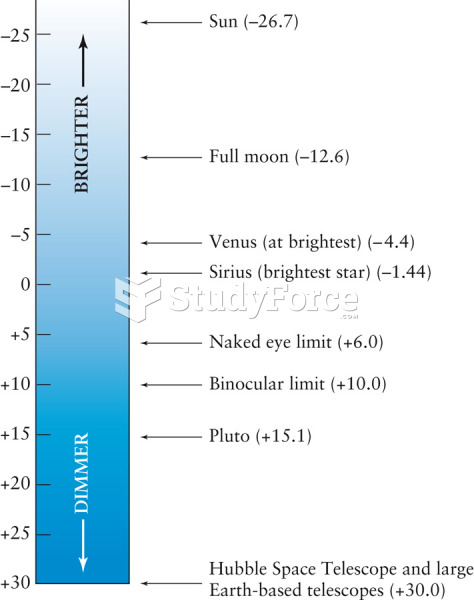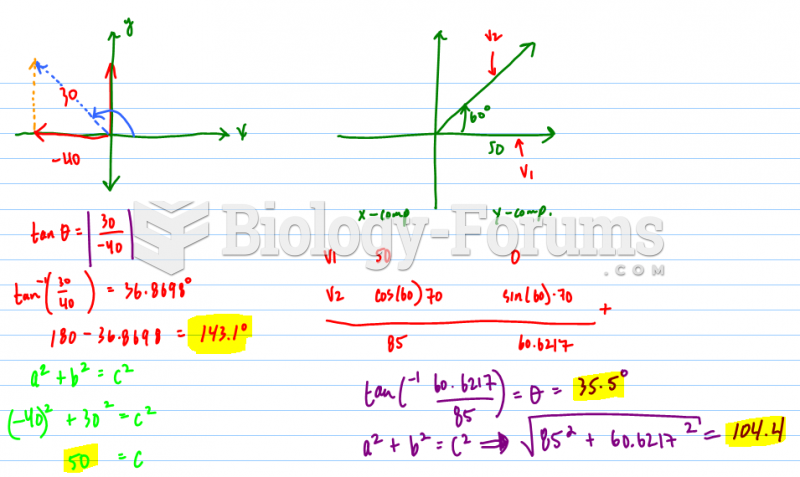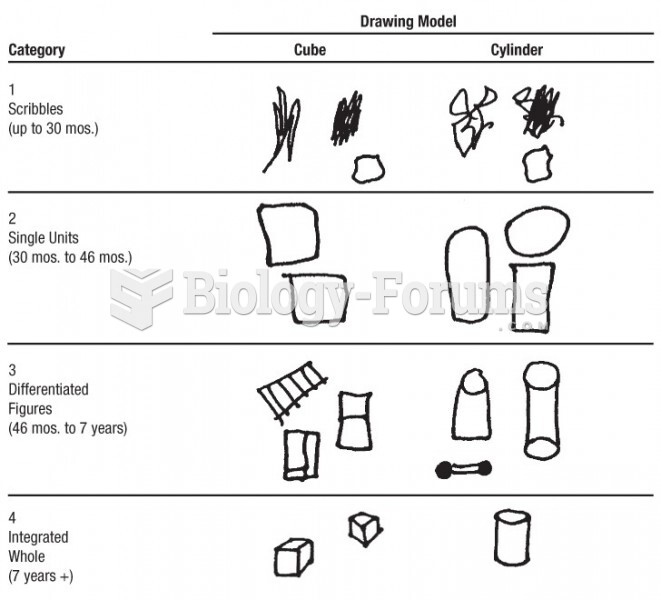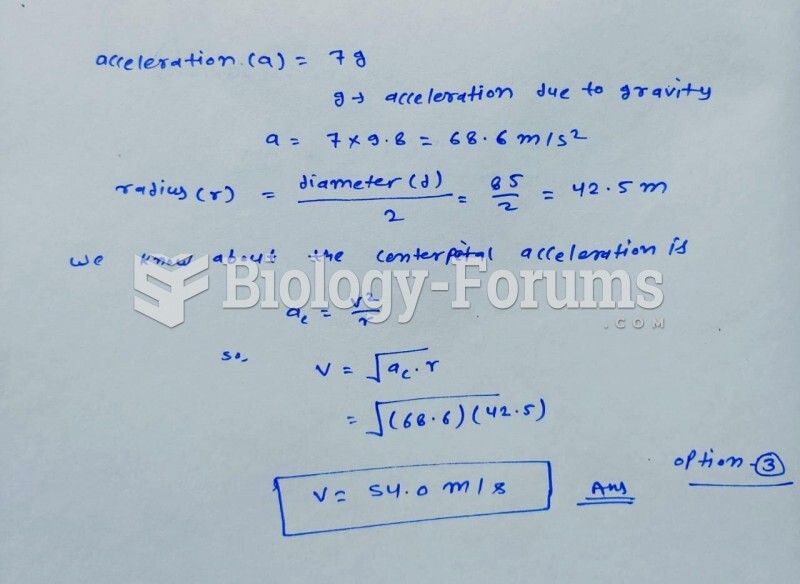|
|
|
Pink eye is a term that refers to conjunctivitis, which is inflammation of the thin, clear membrane (conjunctiva) over the white part of the eye (sclera). It may be triggered by a virus, bacteria, or foreign body in the eye. Antibiotic eye drops alleviate bacterial conjunctivitis, and antihistamine allergy pills or eye drops help control allergic conjunctivitis symptoms.
When intravenous medications are involved in adverse drug events, their harmful effects may occur more rapidly, and be more severe than errors with oral medications. This is due to the direct administration into the bloodstream.
If all the neurons in the human body were lined up, they would stretch more than 600 miles.
For pediatric patients, intravenous fluids are the most commonly cited products involved in medication errors that are reported to the USP.
Between 1999 and 2012, American adults with high total cholesterol decreased from 18.3% to 12.9%







